Automotive Flex Fuel Engine Market Summary
As per Market Research Future analysis, the Automotive Flex Fuel Engine Market Size was estimated at 25.97 USD Billion in 2024. The Automotive Flex Fuel Engine industry is projected to grow from 27.32 USD Billion in 2025 to 45.41 USD Billion by 2035, exhibiting a compound annual growth rate (CAGR) of 5.21% during the forecast period 2025 - 2035
Key Market Trends & Highlights
The Automotive Flex Fuel Engine Market is poised for growth driven by sustainability and technological advancements.
- The market experiences rising demand for sustainable vehicles, particularly in North America, which remains the largest market.
- Technological advancements in engine design are enhancing performance and efficiency, appealing to environmentally conscious consumers.
- The expansion of biofuel infrastructure is facilitating the adoption of flex fuel vehicles, especially in the Asia-Pacific region, the fastest-growing market.
- Increasing environmental regulations and consumer preference for fuel efficiency are key drivers propelling the market forward.
Market Size & Forecast
| 2024 Market Size | 25.97 (USD Billion) |
| 2035 Market Size | 45.41 (USD Billion) |
| CAGR (2025 - 2035) | 5.21% |
Major Players
Ford Motor Company (US), General Motors (US), Fiat Chrysler Automobiles (IT), Volkswagen AG (DE), Toyota Motor Corporation (JP), Honda Motor Co., Ltd. (JP), Nissan Motor Co., Ltd. (JP), BMW AG (DE), Daimler AG (DE)
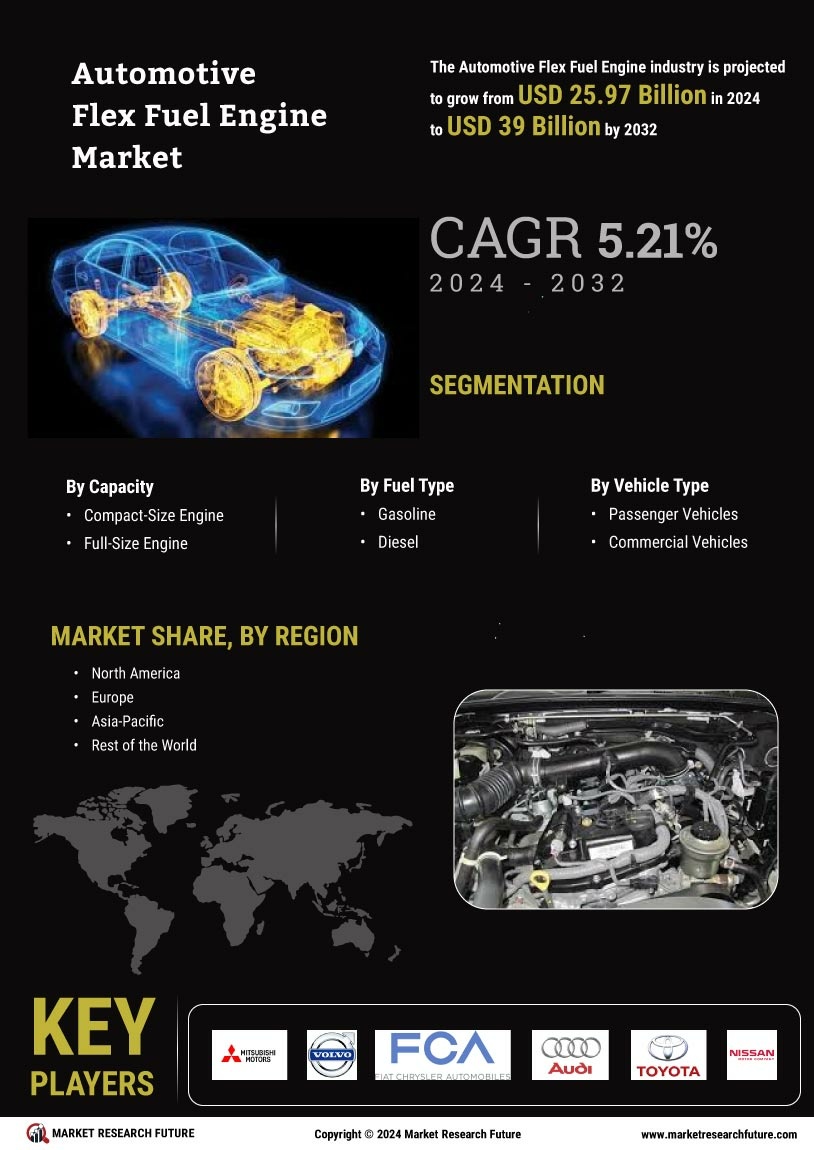

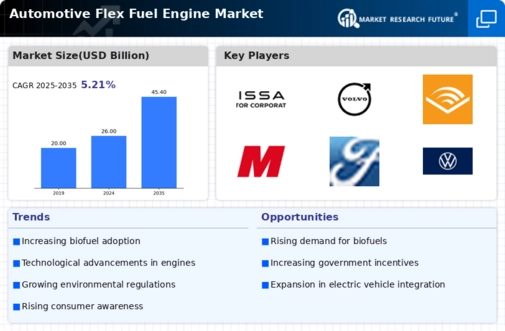
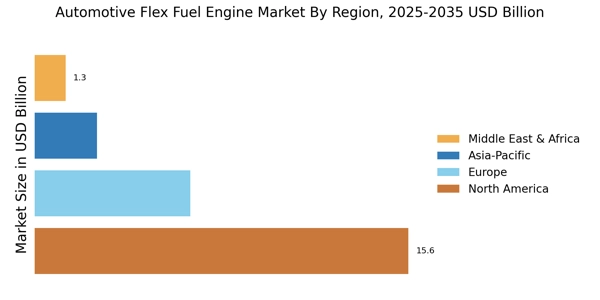
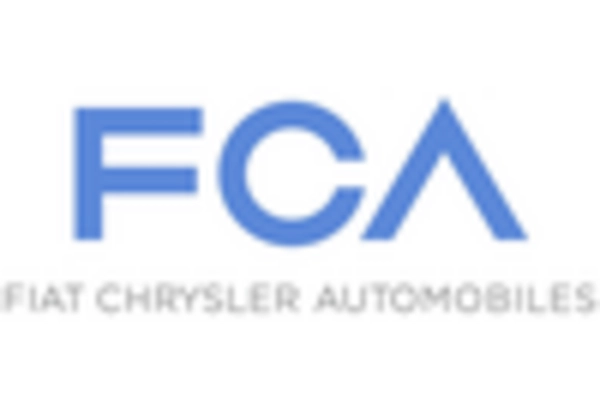

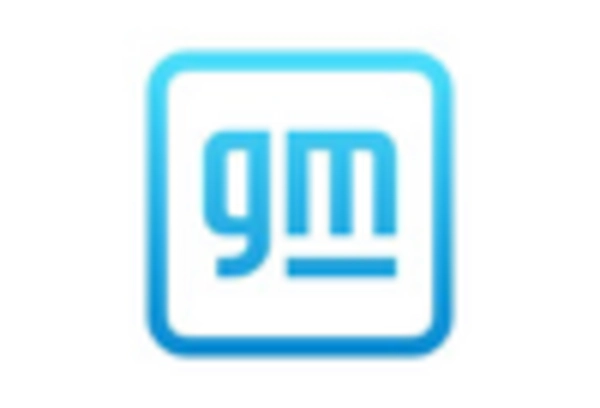
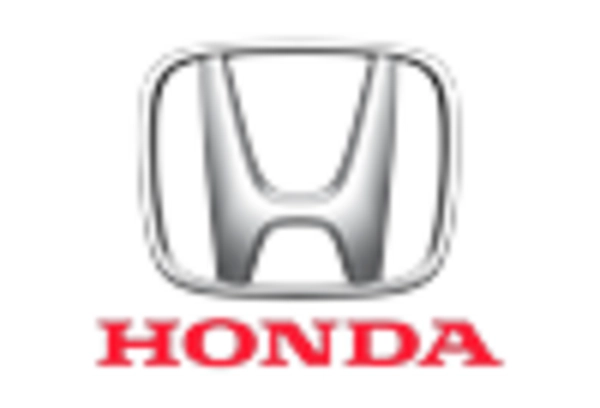
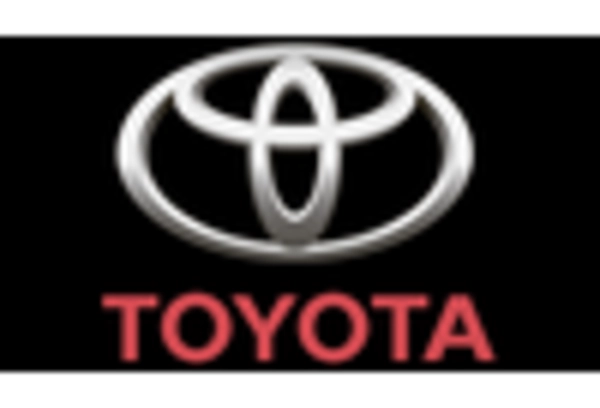
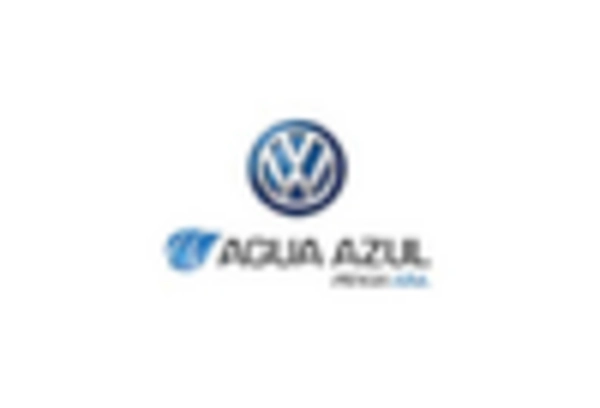








Leave a Comment